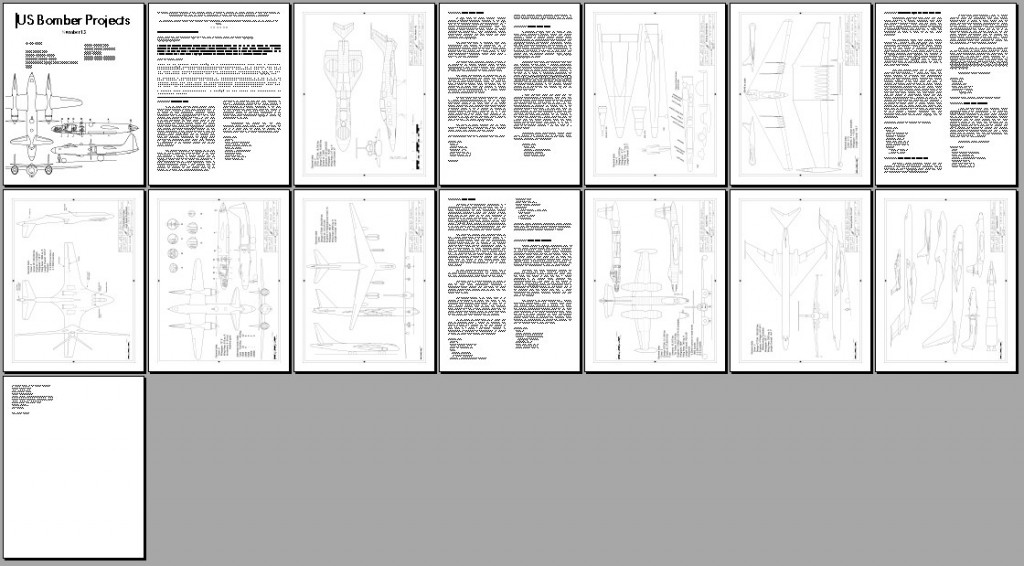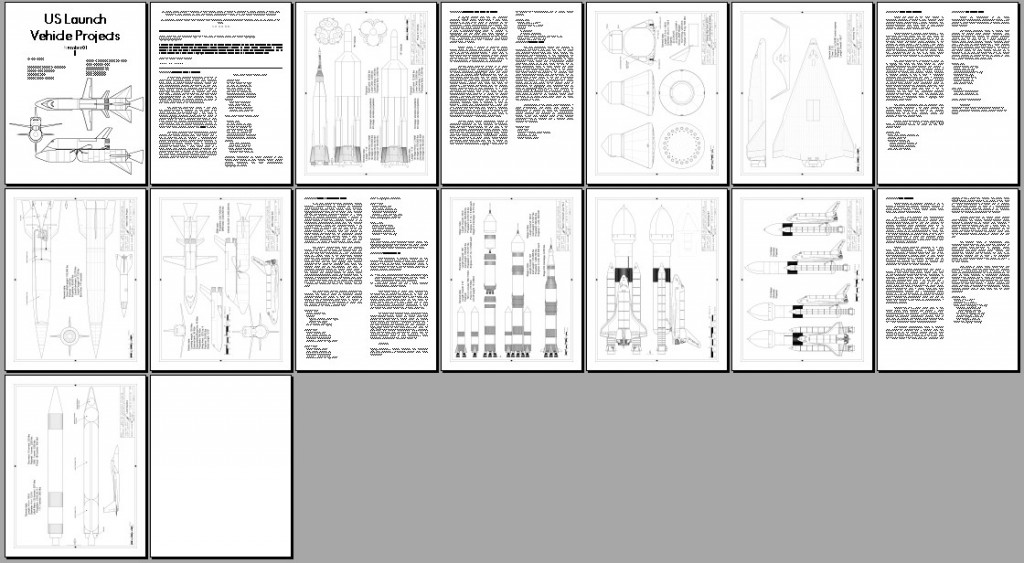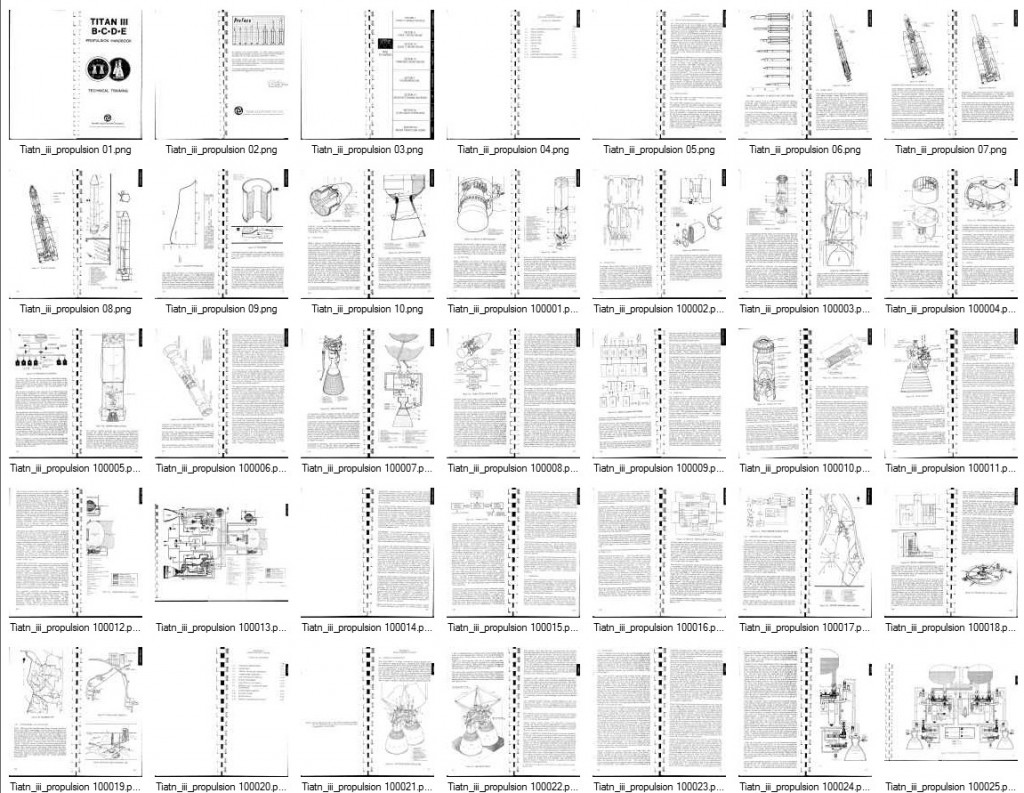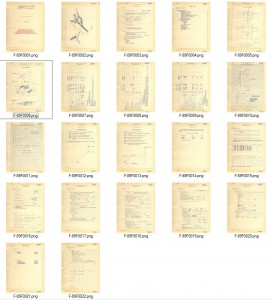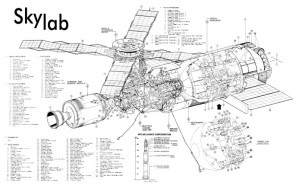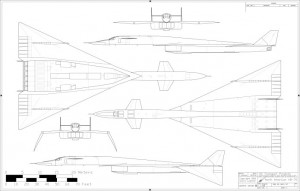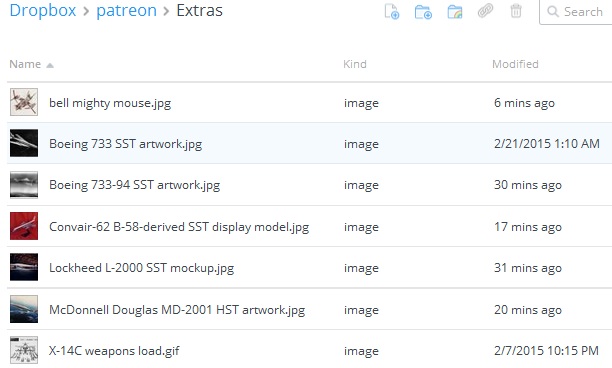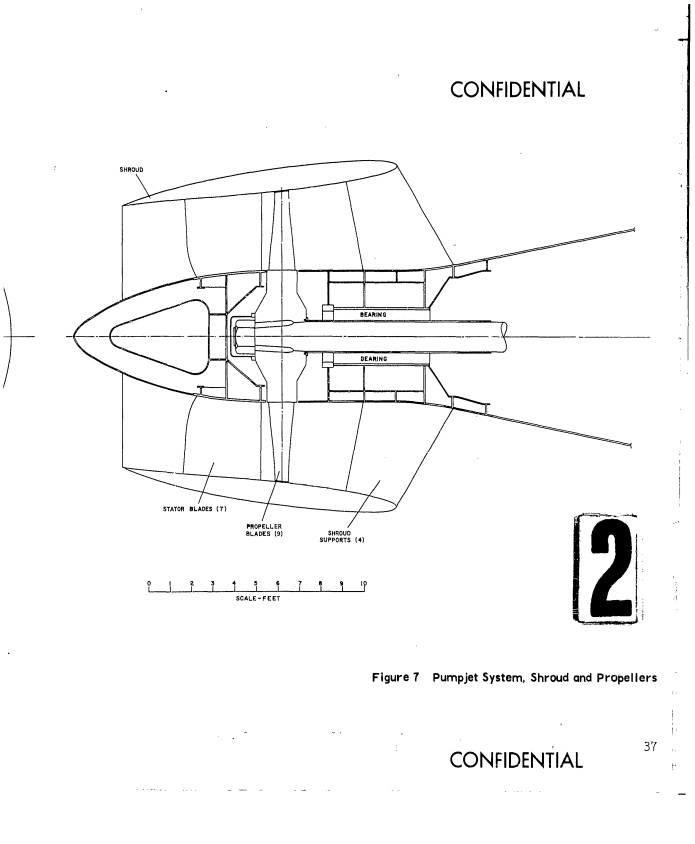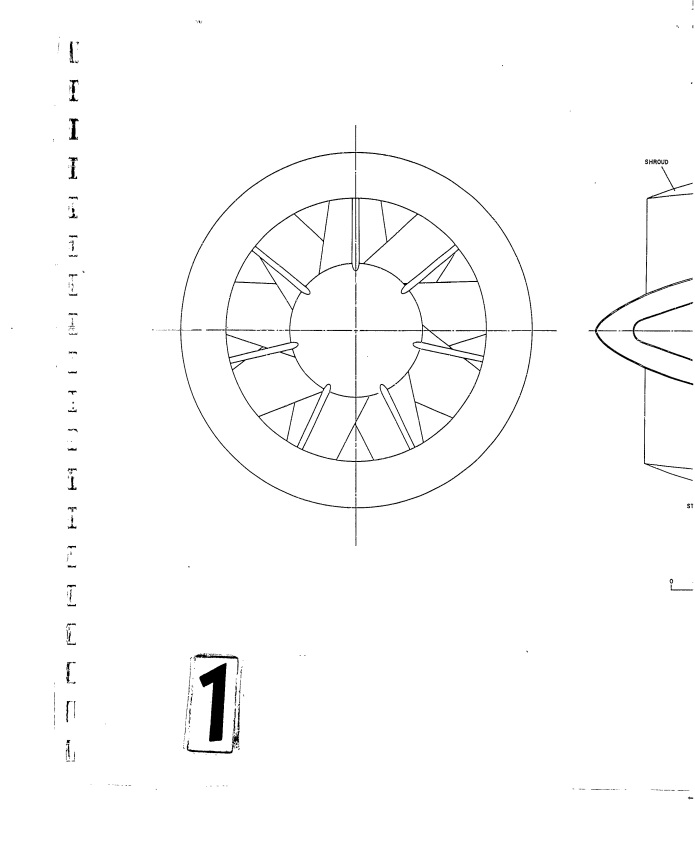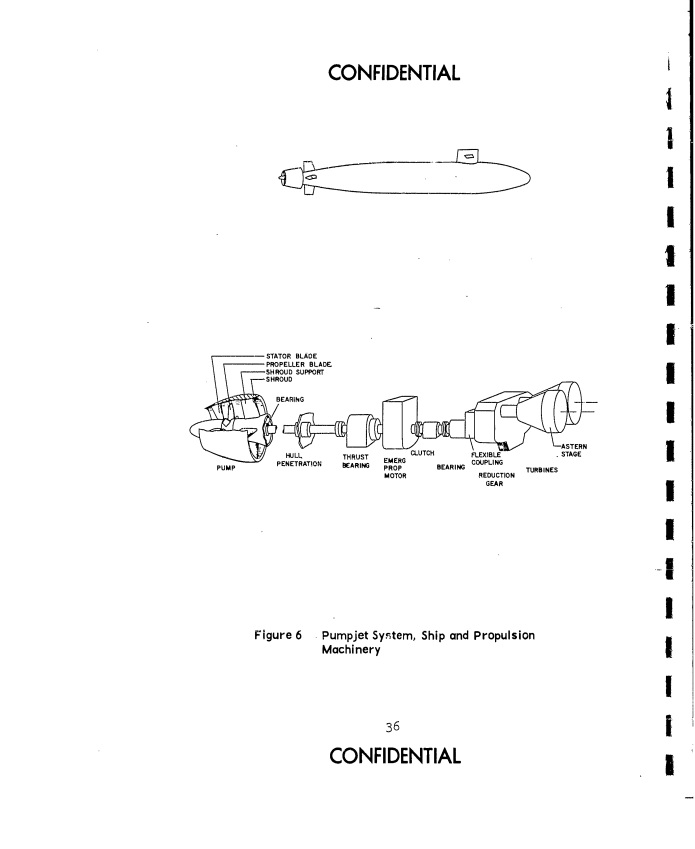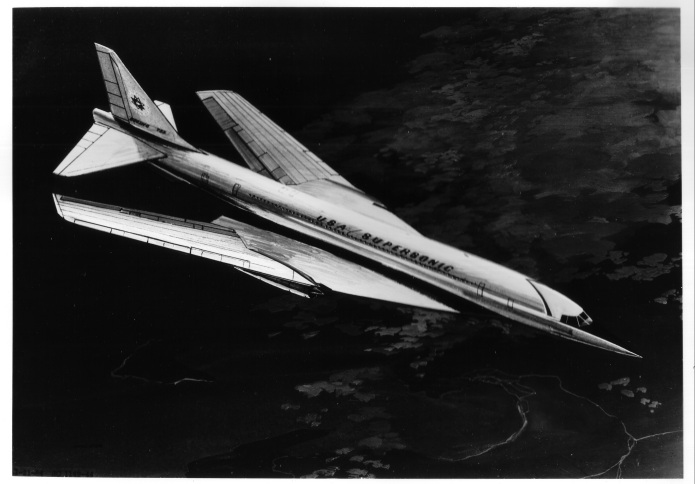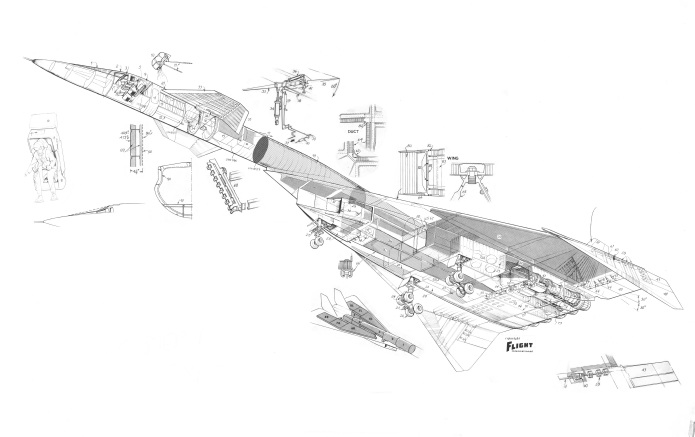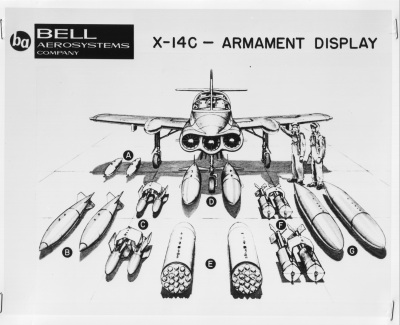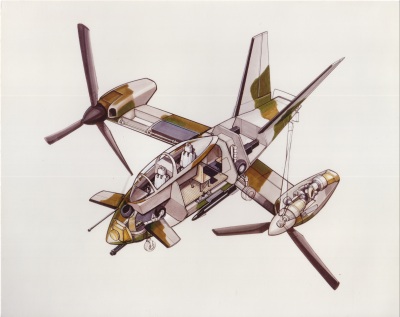Two new publications in the US Aerospace Projects series are now available.
Now available: US Bomber Projects #13. This issue includes:
- Ryan Model 162: A VTOL strike/recon plane
- Boeing Orbital Bomb: a nuclear-tipped re-entry glider
- Northrop Atomic Wing: an asymetric nuclear powered design
- Consolidated Vultee High Speed Flying Boat: an early post-war Skate design
- Martin Model 189: a canard version of the B-26 Marauder
- Boeing Model 464-046: A six-engined B-52 predecessor
- Curtis F-87C: a night fighter with bomber abilities
- Boeing Model 701-247: a supersonic antecedent of the B-59
USBP #13 can be downloaded as a PDF file for only $4.25:
———
Also available: US Launch Vehicle Projects #01. The premiere issue of this new series includes:
- Pre-Saturn Phase III Vehicles: 1958 concpet for clustered Atlas boosters
- Boeing “Big Onion”: an SSTO to launch SPS
- Northrop TAV: an in-flight propellant transfer spaceplane
- Martin Orbit Project: A 1946 concept for a hydrogen fueled SSTO
- Saturn V derived HLLV for FLO: A brief Saturn V revival in the early 1990s
- MSC Orbiter 020: An early Shuttle with straight wings and a single SRB
- Hammerhead ET: a way for the Shuttle to transport outsized payloads
- Loral Aquarius: A way to make space launch cheap
USLP #01 can be downloaded as a PDF file for only $4.25:
———

